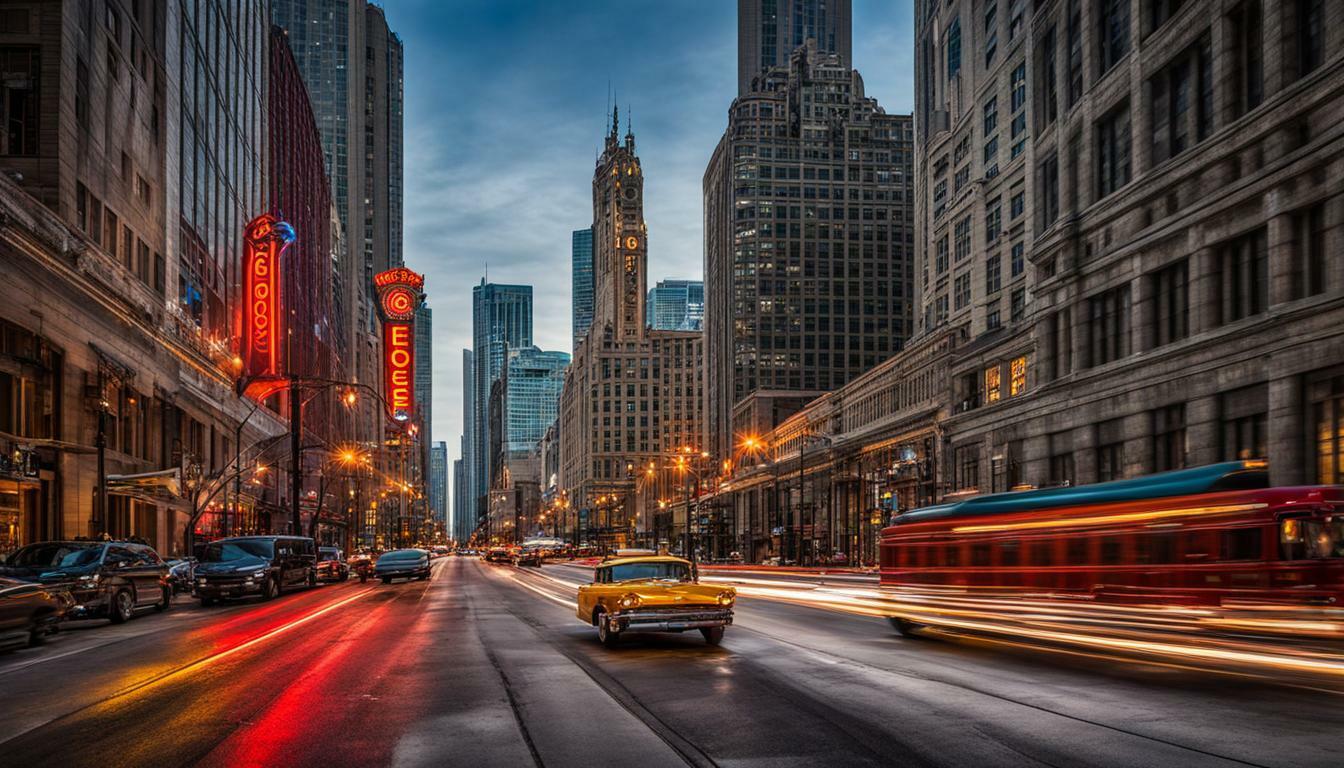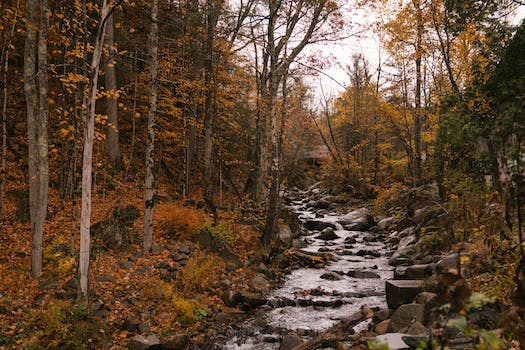Chicago is one of the great cities of the world and one of my favourite destinations for long weekend getaways. Here you will find some useful information about this city that will enable you to plan your own escape to Chicago.
History
In 1673 French explorers Jacques Marquette and Louis Joliet passed through what is now Chicago. Chicago’s first European settler was Jean Baptiste Point du Sable, a fur trader from Santo Domingo of French-African descent. He built the first settlement in 1779 at the mouth of the Chicago River. The construction of the Illinois and Michigan Canal provided a connection between Chicago and the Mississippi and fueled population growth in the area in the 1830s. In 1837 Chicago was incorporated and had a population of 4,170. The city became a transportation hub in 1848 when the Illinois and Michigan Canal was completed and the first locomotive arrived. Chicago was also known for its stockyards which served the nation between 1865 and 1971.
On October 8, 1871 the Great Chicago Fire (supposedly started when a cow kicked over a lantern) started and claimed 300 lives, left 90,000 residents homeless and essentially destroyed the entire city. This turned into one of the greatest opportunities for rebuilding and within just a few years the entire city was reconstructed.
During the second half of the 19th century, the city’s growing industrial worker population campaigned for better working conditions, better wages and an eight-hour work day. There were several clashes between workers and the police, the most well known was the Haymarket Square Riot of 1886.
In 1893 Chicago hosted the World’s Columbian Exposition that attracted nearly 26 million visitor during its six-month run. In order to provide transportation to the fair, the Chicago Transit Authority introduced the first elevated trains to Chicago. Today the system’s “L” train encircles the city’s central business area, referred to as the “Loop”. Chicago’s cultural interests can be traced to this era, when its orchestra, library and major museums were established. In 1909 Daniel Burnham’s comprehensive city plan was published which provided an unobstructed lakefront, a citywide system of parks and a green belt of forest preserves.
Alternate periods of corruption and reform characterized the city’s political history in the early 20th century. In the summer of 1919 race riots erupted throughout the United States, the worst occurring in Chicago on July 27. The riots shocked the nation and prompted many to launch efforts toward racial equality through volunteer organizations and reform legislation. The prohibition era during the 1920s saw a lot of gang activity. Al Capone was the most well-known of gangsters. His illegal activities culminated in the Saint Valentine’s Day Massacre of 1929, a violent shootout to eliminate his competitors. He was convicted of income tax evasion in 1931, sentenced to 11 years in prison and was released on parole in 1939. Crippled by syphillis he spent the rest of his life in a mansion in Miami Beach, Florida.
In 1933 Chicago hosted the the World Fair, dubbed “A Century of Progress”, to show the technological accomplishments of civilization since the city was incorporated. The fair attracted 39 million visitors in a two-year period.
Richard J. Daley was elected Mayor of Chicago for the first of six times in 1955. For 21 years, Daley served “the city that works’. During his time in office, O’Hare International Airport (which became the world’s busiest) began operations, the Sears Tower (one of the world’s tallest buildings) was erected and McCormick Place Convention Center (the largest in North America) opened.
In 1976, Mayor Daley died in office. Since then, Chicago elected its first female mayor (Jane Byrne in 1979) and its first African American mayor (Harold Washington in 1983). In 1989, Mayor Richard M. Daley, son of Richard J. Daley, was elected mayor and still holds the position.
The city of Chicago has increased its exposure as a world-class city by hosting the World Cup Soccer Tournament in 1994, the Democratic National Convention in 1996, the International Pow Wow in 1998 and an International Millennium Celebration in 1999/2000.
Neighbourhoods
Chicago’s multicultural heritage is reflected in its neighbourhoods, which now attract thousands of visitors each year. It is home to nearly three million people from all over the world. People of African, Chinese, German, Greek, Vietnamese, Italian and Scandinavian descent are among those who have made Chicago their home. After Warsaw, Chicago has the second largest population of Polish people in the world.
Architecture
Chicago is the birthplace of modern architecture. From historic landmark buildings to contemporary masterpieces, Chicago is home to unique and innovative designs that have shaped American architecture. Chicago is a living museum of architecture, thanks to geniuses such as Daniel Burnham, Louis Sullivan, Frank Lloyd Wright, Ludwig Mies van der Rohe, Helmut Jahn, Frank Gehry and many others.
Museums
Chicago is world-renowned for its diverse collection of museums, which explore a variety of subjects, including Chicago history, art, African American culture, astronomy, natural history and more. The Museum Campus, located in Grant Park, features the John G. Schedd Aquarium, the Adler Planetarium and the Field Museum of Natural History. Other famous Chicago museums include the Chicago Historical Society, the Museum of Science and Industry, and the DuSable Museum of African-American History. Various ethnic groups, including the Mexican, Polish, Lithuanian, Swedish, Greek, Ukrainian and Jewish population, have their own museums, showcasing their history, art and costumes. The Museum of Contemporary Photography and the Museum of Holography will appeal to individuals with an interest in visual arts.
Tours
Chicago can be explored by foot, bus, bike, boat or plane and its famous landmarks can be discovered on land, river, lake or in the sky. The Chicago Architecture Foundation offers guided walking and river tours to explore the city’s unique architecture.
Taste
Chicago has thousands of restaurants serving a variety of culinary delights to suit every taste, every budget and every mood. Taste of Chicago is an annual festival featuring house specialties from dozens of the city’s restaurants. It is held during the last week of June and first week of July and attracts hundreds of thousands of culinary fans.
Shopping
Shopping in Chicago began on State Street, the center of the Loop. The original and flagship Marshall Field’s department store opened in 1852 on State Street. The famed “Magnificent Mile” that runs along Michigan Avenue from the Chicago River to Oak Street offers hundreds of specialty shops and boutiques presenting top-of-the-line goods from around the world. Oak Street features designs from Paris, Milan and Manhattan.
Family Entertainment
Navy Pier offers more than 50 acres of shops, restaurants, gardens and entertainment attractions. It holds a 15-story Ferris wheel, an IMAX theatre as well as the Chicago Children’s Museum. Kids on the Fly is a “satellite” Chicago Children’s Museum located at O’Hare International Airport that entertains and educates children during layovers or waiting times at the airport. The Children’s Zoo at the free admission Lincoln Park Zoo includes live animal presentations, a petting zoom, a zoo nursery and a hands-on learning center for kids.
Music
Chicago is one of the hot beds for jazz and blues. Jazz began to spread from the South between 1910 and 1920 and Chicago became the nation’s jazz center in the 1920s. “Chicago style” jazz also originated in the 1920s and during the 1930s, Benny Goodman, a one time child prodigy from a poor Chicago family, was established as the “King of Swing”. In the 1930s and 1940s blues eventually came north to Chicago and has remained a popular music genre ever since. Today the city features many jazz and blues venues and hosts a variety of music festivals throughout the year, including the the Chicago Jazz Festival, the Chicago Blues Festival, the Chicago Gospel Festival, the Chicago Country Music Festival, the “Viva Chicago” Latin Music Festival and the World Music Festival.
Chicago features 7300 acres of parkland, including 552 parks, 33 beaches, nine museums, two world-class conservatories, 16 historic lagoons, 10 bird and wildlife gardens. Historic Grant Park and newly created Millennium Park are among the most well-known of Chicago’s green spaces. Chicago also features 6 golf courses, 9 lakefront harbours, and a multitude of tennis courts for outdoor recreation. The waterfront trail along Lake Michigan’s shoreline is a mecca for joggers, bikers and in-line skaters.
Chicago is a big sports town and home to several professional sports teams, including the Chicago Bulls (basketball), the Chicago Bears (football), the Chicago Cubs (baseball), the Chicago White Sox (baseball), the Chicago Blackhawks (hockey) and the Chicago Wolves (semi-pro hockey). It holds historic sports venues such as Wrigley Field, Comisky Park – now known as US. Cellular Field, and Soldier Field.
Susanne Pacher is the publisher of a website called Travel and Transitions(http://www.travelandtransitions.com). Travel and Transitions deals with unconventional travel and is chock full of advice, tips, real life travel experiences, interviews with travellers and travel experts, insights and reflections, cross-cultural issues, contests and many other features. You will also find stories about life and the transitions that we face as we go through our own personal life-long journeys.
Submit your own travel stories in our first travel story contest(http://www.travelandtransitions.com/contests.htm) and have a chance to win an amazing adventure cruise on the Amazon River.
“Life is a Journey Explore New Horizons”.
The travel guide with photos is published at Travel and Transitions – Travel Guides
Article Source: http://EzineArticles.com/?expert=Susanne_Pacher
0




